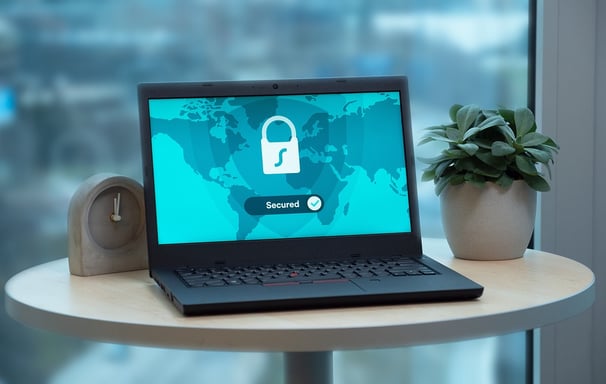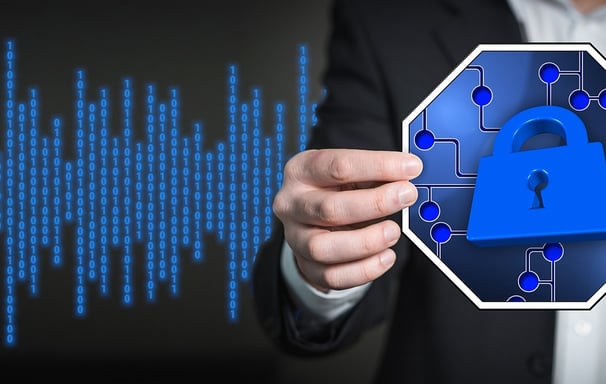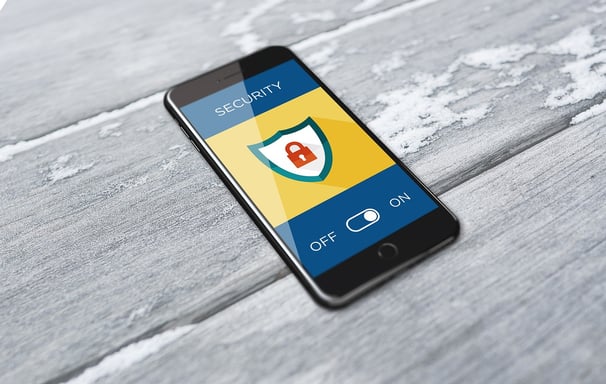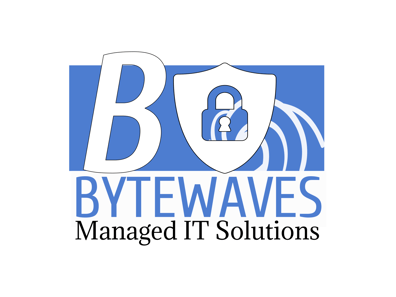Endpoint Protection
Endpoint Protection is crucial for safeguarding your business from threats like malware, ransomware, and unauthorized access targeting individual devices. With our 24/7 monitoring and expert support, we ensure continuous protection against evolving cyber threats, reducing risks and minimizing potential damage. As a Managed Security Service Provider (MSSP), we offer advanced endpoint security solutions, including antivirus, encryption, and threat detection, without the need for an in-house team, saving costs while enhancing your security. Our customized endpoint protection services are scalable to meet your unique needs, ensuring compliance and constant monitoring. By outsourcing your endpoint protection to us, you can focus on your core business while we secure your devices from threats.


Endpoint Detection and Response (EDR)
Continuous Monitoring: 24/7 surveillance of endpoint activities to detect suspicious behavior or potential threats.
Threat Detection: Identifying and analyzing threats such as malware, ransomware, and unauthorized access attempts targeting endpoint devices.
Incident Response: Swiftly responding to identified threats with automated or manual actions to contain and mitigate potential damage.
Root Cause Analysis: Investigating and determining the source of detected threats to prevent future incidents.
Behavioral Analysis: Monitoring user and device behavior to identify deviations that may indicate a security breach.
Automated Remediation: Automatically isolating or neutralizing malicious files or processes to minimize impact and recovery time.
Forensics and Reporting: Gathering and analyzing endpoint data to support investigations and provide detailed reports for compliance and audits.


Data Loss Prevention (DLP) Services
Data Classification: Identifying and categorizing sensitive data based on its importance and confidentiality.
Policy Enforcement: Implementing and managing DLP policies to restrict unauthorized sharing or access to critical information.
Endpoint DLP: Monitoring and controlling data transfers on endpoint devices, such as USBs, emails, and file uploads.
Network DLP: Securing sensitive data in transit across your network by monitoring email, web traffic, and other communication channels.
Cloud DLP: Protecting data stored or shared in cloud environments by enforcing security policies and preventing leaks.
Insider Threat Protection: Detecting and mitigating risks posed by employees or third parties who have access to sensitive data.
Real-Time Alerts: Notifying administrators about potential data leaks or policy violations for immediate action.


Application Control Services
Whitelisting and Blacklisting: Allowing or blocking specific applications to ensure only approved software runs within your environment.
Policy Enforcement: Creating and managing application usage policies to align with organizational security requirements.
Real-Time Monitoring: Continuously tracking application usage to detect unauthorized or risky behavior.
Access Control: Restricting application access based on user roles, permissions, or device compliance.
Application Sandboxing: Running untrusted or unknown applications in isolated environments to prevent potential threats.
Patch Management: Ensuring all applications are up to date with the latest security patches and updates.
Integration with EDR: Enhancing endpoint security by combining application control with endpoint detection and response tools.
Blocking Malware: Preventing malicious or unauthorized applications from being executed on systems.
Compliance Reporting: Generating reports to demonstrate adherence to industry standards and internal security policies.
User Awareness: Educating employees on safe application usage and potential risks associated with unauthorized software.


Patch Management Services
Vulnerability Assessment: Identifying software vulnerabilities and prioritizing patches based on risk levels.
Automated Patch Deployment: Applying patches across endpoints, servers, and applications seamlessly and efficiently.
Patch Testing: Testing updates in a controlled environment to ensure compatibility and stability before deployment.
Compliance Assurance: Ensuring systems meet regulatory requirements by staying up-to-date with the latest security patches.
Centralized Management: Managing patching processes for all devices and systems from a single, unified platform.
Scheduled Updates: Planning and automating patch deployments to minimize disruption to business operations.
Real-Time Reporting: Providing detailed reports on patch status and compliance for auditing and monitoring purposes.
Third-Party Application Patching: Extending patch management beyond operating systems to include commonly used third-party software.
Rollback Options: Offering the ability to revert patches if issues or incompatibilities are detected post-deployment.
Endpoint Security Integration: Strengthening endpoint protection by ensuring all systems are patched against known vulnerabilities.


Encryption Services
Data Encryption: Securing sensitive data at rest and in transit using advanced encryption algorithms to prevent unauthorized access.
Full Disk Encryption: Protecting entire devices, such as laptops and servers, to ensure data remains secure even if the device is lost or stolen.
Email Encryption: Safeguarding email communications to protect sensitive information from interception or unauthorized access.
File and Folder Encryption: Encrypting specific files or folders to ensure data confidentiality and controlled access.
Cloud Encryption: Securing data stored in cloud environments to protect against breaches and unauthorized access.
Key Management: Providing secure storage and management of encryption keys for seamless and secure operations.
Endpoint Encryption: Implementing encryption on endpoints like desktops, mobile devices, and USB drives to protect sensitive data.
Compliance Assurance: Helping meet regulatory requirements like GDPR, HIPAA, and PCI DSS by encrypting sensitive information.
Real-Time Encryption Monitoring: Tracking encryption activities and ensuring proper encryption protocols are followed across systems.
Backup Encryption: Ensuring backup data is encrypted to maintain security even in disaster recovery scenarios.


Mobile Device Management (MDM) Services
Device Enrollment: Simplifying the onboarding process for new devices with automated enrollment and configuration.
Policy Enforcement: Implementing and managing security policies for mobile devices to ensure compliance with organizational standards.
Remote Device Management: Managing and controlling devices remotely, including updates, configurations, and troubleshooting.
Data Security: Protecting sensitive information on mobile devices through encryption, secure access, and containerization.
App Management: Monitoring, deploying, and controlling mobile applications to ensure safe and compliant app usage.
Device Tracking: Locating devices in real time to prevent loss or misuse and ensure operational control.
Remote Wipe: Enabling the ability to erase data on lost or stolen devices to prevent unauthorized access.
Bring Your Own Device (BYOD) Support: Securing personal devices used for work while maintaining user privacy.
Compliance Reporting: Generating detailed reports to demonstrate adherence to industry regulations and internal security policies.
Multi-Platform Support: Managing and securing devices across various operating systems, including iOS, Android, and Windows.


